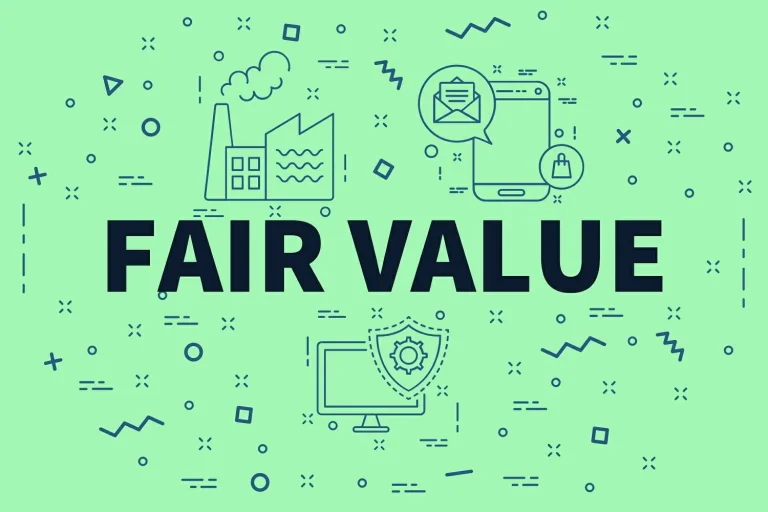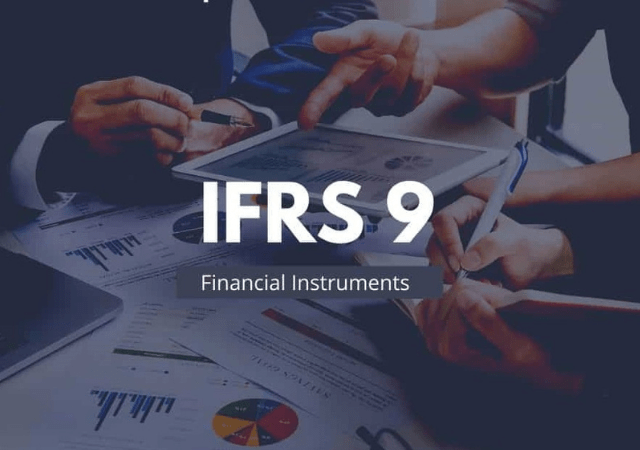WIP Working Paper for Construction Companies: Why It Matters and How to Prepare It
Construction projects often span months or years. For accounting, audit, and tax purposes, the Work-in-Progress (WIP) working paper plays a crucial role. It ensures that revenue, costs, and profits are recognised accurately as the project progresses.
This article explains what a WIP working paper is, why it’s essential for construction companies in Singapore, and how to prepare one that complies with Singapore Financial Reporting Standards (SFRS 115).
What Is a WIP Working Paper?
A WIP working paper tracks the progress of ongoing contracts. It includes figures such as contract value, revenue earned, costs incurred, and progress billings. It also shows how much profit has been recognised and how much is still due from or payable to customers.
In simple terms, the WIP schedule ensures that the company’s financials reflect the real-time status of its construction jobs. It matches income and costs based on the actual progress of work.
Why Construction Firms Should Care About WIP
Construction companies don’t receive all their income upfront. Instead, they earn revenue gradually as the work gets completed. This makes accurate reporting essential.
A well-maintained WIP schedule:
-
Ensures compliance with SFRS 115
-
Supports audit and financial statement preparation
-
Helps detect cost overruns and margin issues early
-
Strengthens trust with banks and investors
-
Improves eligibility for government grants or funding
Key Elements in a WIP Working Paper
To prepare a complete WIP schedule, your company must capture:
-
The total contract value, including variations
-
Costs incurred to date for labour, materials, and subcontractors
-
An estimate of the total cost to complete the project
-
The percentage of completion, based on either the input or output method
-
The revenue earned to date, calculated using that percentage
-
Progress billings sent to the client
-
The difference between revenue and billing, which appears as either a contract asset or contract liability
Input vs. Output Method
Most construction companies use the input method. This method recognises revenue based on the proportion of costs incurred compared to the total expected cost.
Example:
If your project costs are expected to total $1,000,000 and you’ve already incurred $600,000, then your project is 60% complete. You would then recognise 60% of the total contract revenue.
The output method, on the other hand, is used when the project has clear deliverables. Revenue is recognised when key milestones or physical progress are achieved. This might include inspections, certifications, or unit completions.
Best Practices for WIP Reporting
To maintain a reliable WIP working paper:
-
Use a standardised format across all projects
-
Update cost-to-complete estimates monthly
-
Reconcile progress billings with client statements
-
Tie WIP schedules back to your general ledger
-
Include notes for jobs with delays or margin drops
-
Keep evidence of work completed for output-based recognition
These practices ensure the WIP report is clear, consistent, and ready for audit.
Common Mistakes to Avoid
Some businesses mistakenly recognise revenue based only on billings. This is incorrect. Revenue must match actual progress. Other common errors include:
-
Using outdated cost estimates
-
Failing to adjust for over-billings
-
Not reconciling WIP to the balance sheet
-
Relying on uncontrolled Excel files
These issues lead to inaccurate financials and audit findings.
How USAFE Supports Construction Companies
At USAFE, we help contractors stay compliant and audit-ready. Our services include:
-
Designing WIP working paper templates
-
Setting up input or output revenue models
-
Reviewing monthly WIP and cost estimates
-
Preparing audit-compliant financial statements
-
Strengthening internal controls for billing and costing
-
Supporting loan and grant applications
Whether you’re a main contractor or a specialist subcontractor, we tailor our solutions to suit your project and reporting needs.
Final Thoughts
A well-prepared WIP working paper improves transparency and financial discipline. It helps your business stay on track with accounting standards, investor expectations, and project performance.
Need help building or reviewing your WIP schedule?
Contact USAFE today to make sure your construction business stays compliant, confident, and ready for growth.
Disclaimer: This article is for informational purposes only and does not constitute any professional advice. Feel free to contact us to consult with our professional advisors team for personalized advice and guidance.






